 W
WMichel Armand is a French scientist who is best known for helping with the invention of Lithium batteries. Lithium batteries are electrochemical devices that are widely used as power sources. The history of their development has contributions from many scientists, but in particular without the developments by Professor Michel Armand related to the electrodes and electrolytes the lithium batteries of today would not exist as the foundation for electronic devices.
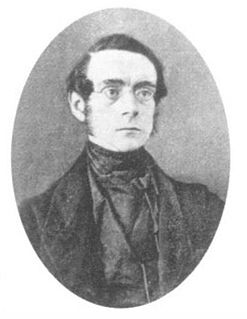 W
WGolding Bird was a British medical doctor and a Fellow of the Royal College of Physicians. He became a great authority on kidney diseases and published a comprehensive paper on urinary deposits in 1844. He was also notable for his work in related sciences, especially the medical uses of electricity and electrochemistry. From 1836, he lectured at Guy's Hospital, a well-known teaching hospital in London and now part of King's College London, and published a popular textbook on science for medical students called Elements of Natural Philosophy.
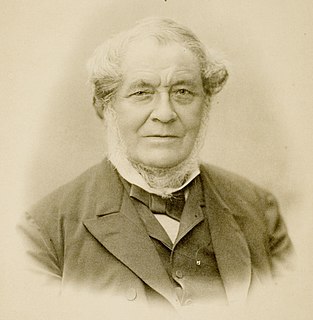 W
WRobert Wilhelm Eberhard Bunsen was a German chemist. He investigated emission spectra of heated elements, and discovered caesium and rubidium with the physicist Gustav Kirchhoff. The Bunsen–Kirchhoff Award for spectroscopy is named after Bunsen and Kirchhoff.
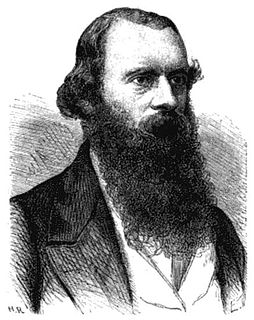 W
WJosiah Latimer Clark FRAS, was an English electrical engineer, born in Great Marlow, Buckinghamshire.
 W
WWilliam Cruickshank was a Scottish military surgeon and chemist, and professor of chemistry at the Royal Military Academy, Woolwich.
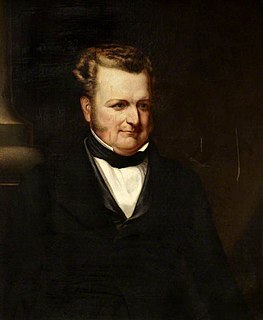 W
WJohn Frederic Daniell FRS was an English chemist and physicist.
 W
WThomas Alva Edison was an American inventor and businessman who has been described as America's greatest inventor. He developed many devices in fields such as electric power generation, mass communication, sound recording, and motion pictures. These inventions, which include the phonograph, the motion picture camera, and early versions of the electric light bulb, have had a widespread impact on the modern industrialized world. He was one of the first inventors to apply the principles of organized science and teamwork to the process of invention, working with many researchers and employees. He established the first industrial research laboratory.
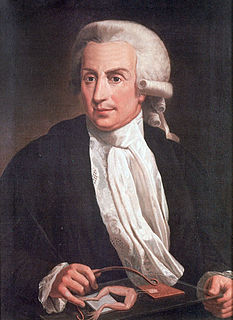 W
WLuigi Galvani was an Italian physician, physicist, biologist and philosopher, who discovered animal electricity. He is recognized as the pioneer of bioelectromagnetics. In 1780, he and his wife Lucia discovered that the muscles of dead frogs' legs twitched when struck by an electrical spark. This was one of the first forays into the study of bioelectricity, a field that studies the electrical patterns and signals from tissues such as the nerves and muscles.
 W
WCarl Gassner is a German physician, scientist and inventor, better known to have contributed to improve the Leclanché cell and to have fostered the development of the first dry cell, also known as the zinc–carbon battery, less likely to break or leak and that could be effectively industrially produced at large scale.
 W
WSir William Robert Grove, FRS FRSE was a Welsh judge and physical scientist. He anticipated the general theory of the conservation of energy, and was a pioneer of fuel cell technology. He invented the Grove voltaic cell.
 W
WRobert Hare was an early American chemist.
 W
WGeorges Leclanché was a French electrical engineer chiefly remembered for his invention of the Leclanché cell, one of the first modern electrical batteries and the forerunner of the modern dry cell battery.
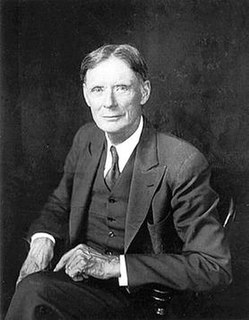 W
WJohn C. Lincoln was an American inventor, entrepreneur, philanthropist and in 1924, the Vice-Presidential candidate under the Commonwealth Land Party ticket. He held 55 patents on several electrical devices, founded the Lincoln Electric Co., invested in the construction of the Camelback Inn, presided over the Bagdad Mine and funded two hospitals in Phoenix, one which bears his name.
 W
WStanford Robert Ovshinsky was an American engineer, scientist and inventor who over a span of fifty years was granted well over 400 patents, mostly in the areas of energy and information. Many of his inventions have had wide-ranging applications. Among the most prominent are: an environmentally friendly nickel-metal hydride battery, which has been widely used in laptop computers, digital cameras, cell phones, and electric and hybrid cars; flexible thin-film solar energy laminates and panels; flat screen liquid crystal displays; rewritable CD and DVD discs; hydrogen fuel cells; and nonvolatile phase-change memory.
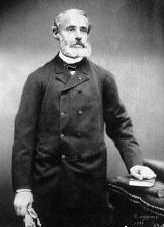 W
WGaston Planté was a French physicist who invented the lead–acid battery in 1859. This type battery was developed as the first rechargeable electric battery marketed for commercial use and it is widely used in automobiles.
 W
WJohann Christian Poggendorff, was a German physicist born in Hamburg. By far the greater and more important part of his work related to electricity and magnetism. Poggendorff is known for his electrostatic motor which is analogous to Wilhelm Holtz's electrostatic machine. In 1841 he described the use of the potentiometer for measurement of electrical potentials without current draw.
 W
WNathan Beverly Stubblefield, self-described "practical farmer, fruit grower and electrician", was an American inventor best known for his wireless telephone work. He received widespread attention in early 1902 when he gave a series of public demonstrations of a battery-operated wireless telephone, which could be transported to different locations and used on mobile platforms such as boats. While this initial design employed conduction, in 1908 he received a U.S. patent for a wireless telephone system that used magnetic induction. However, he was ultimately unsuccessful in commercializing his inventions. He later went into seclusion, and died alone in 1928.
 W
WAlessandro Giuseppe Antonio Anastasio Volta was an Italian physicist, chemist, and pioneer of electricity and power who is credited as the inventor of the electric battery and the discoverer of methane. He invented the Voltaic pile in 1799, and reported the results of his experiments in 1800 in a two-part letter to the President of the Royal Society. With this invention Volta proved that electricity could be generated chemically and debunked the prevalent theory that electricity was generated solely by living beings. Volta's invention sparked a great amount of scientific excitement and led others to conduct similar experiments which eventually led to the development of the field of electrochemistry.
 W
WEdward Weston was an English-born American chemist and engineer noted for his achievements in electroplating and his development of the electrochemical cell, named the Weston cell, for the voltage standard. Weston was a competitor of Thomas Edison in the early days of electricity generation and distribution.
 W
WWilliam Hyde Wollaston was an English chemist and physicist who is famous for discovering the chemical elements palladium and rhodium. He also developed a way to process platinum ore into malleable ingots.